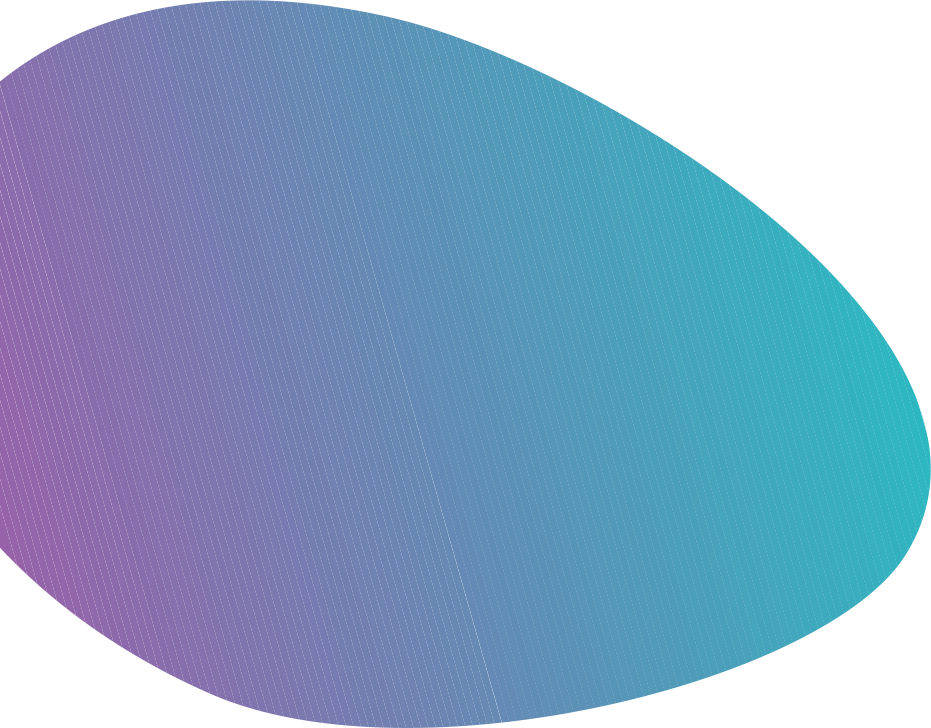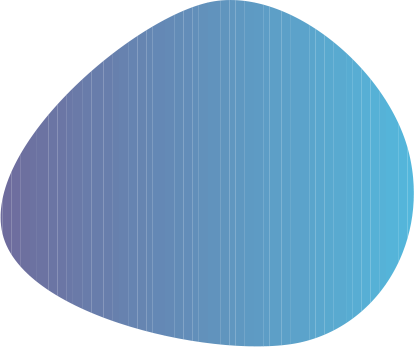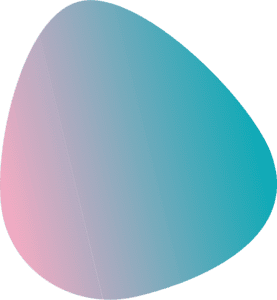
Ear Wax Removal Essex.
Service available in Chelmsford, Upminster, Hornchurch, Westcliff-on-Sea and Ramsden Heath.
Please call 01245 905 678 or 01708 259 863 or 01702 597 637 to make an appointment or book online.
Click Hearing offers two different types of service for ear wax removal.
Ear wax removal via Microsuction is where the wax is removed using a gentle suction and a high power microscope to view the ear canal and drum. Many Ear Nose and Throat Doctors prefer this method and it is available from our Chelmsford, Upminster, Hornchurch, Westcliff-on-Sea and Ramsden Heath practices.
Ear wax removal using irrigation is a more traditional method of ear wax removal and offers a less invasive and quieter process than microsuction and is therefore better suited for very nervous or anxious clients. It is available from our Upminster, Hornchurch and Chelmsford Duke Street practices.
If you unsure which is best for you please contact us for advice or refer to our FAQ section below.
Please note that we can only accept bookings for children who are aged 7 or older. If you are booking for a child under 16 then please call us first to ensure you are clear on what the procedure entails.
Both services are £75 and include an initial inspection and assessment of the ears before the ear wax removal procedure takes place.
If no wax is discovered a consultancy fee of £30 is applied.


